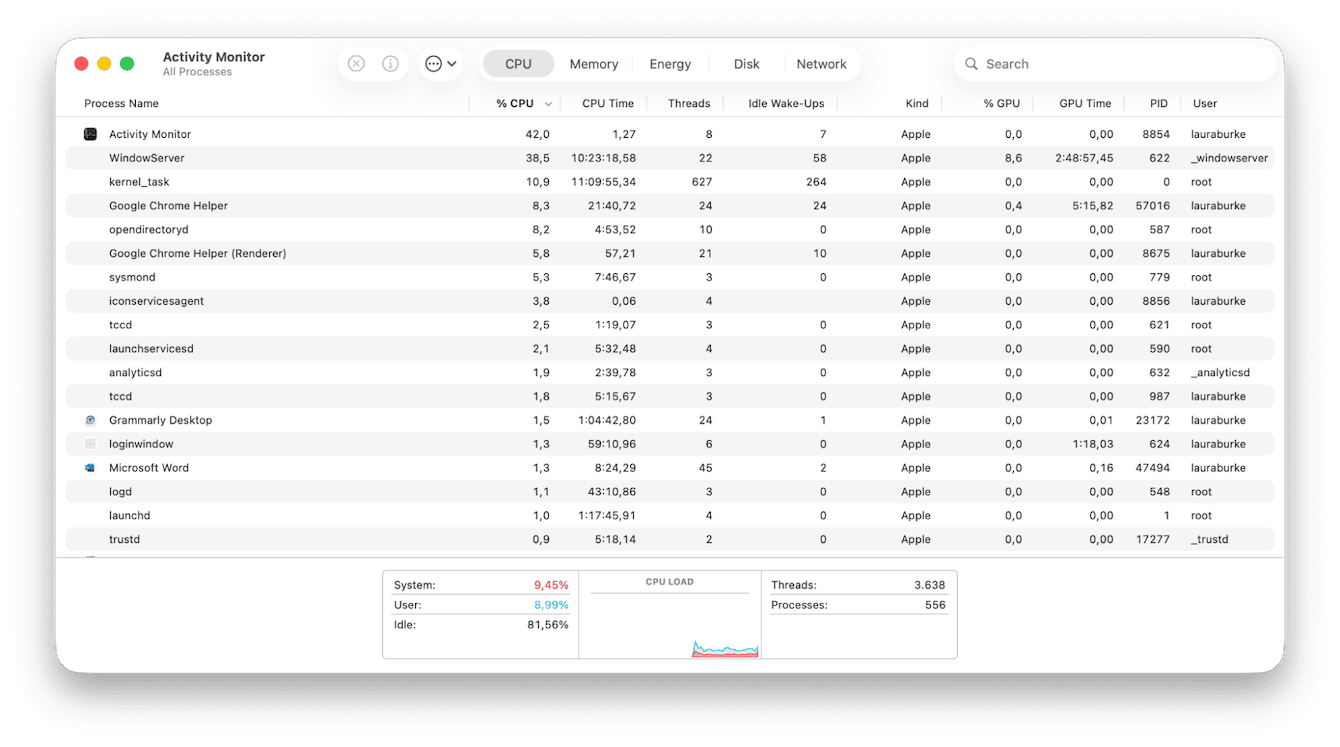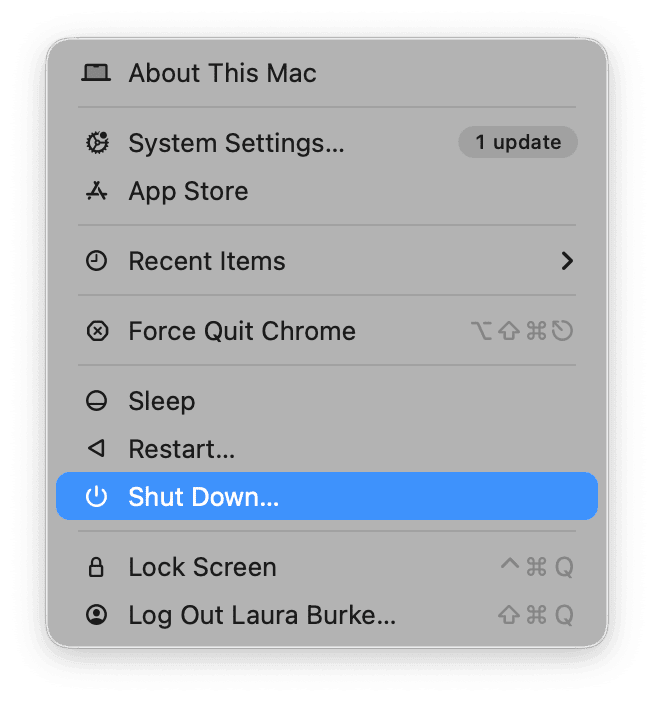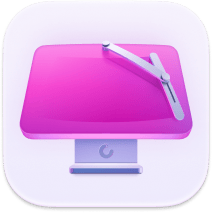How to avoid macOS Tahoe overheating
Plagued with macOS Tahoe overheating issues? Since upgrading to Tahoe? Many users have reported that their MacBooks run hot under a pretty light load.
In my own testing, I’ve noticed spikes during Spotlight reindexing, Photos library analysis, and even with a few browser tabs open.
Below, I break down the most likely causes and six steps I use to help cool things down, plus one extra trick that’s saved me more than once.
Why is macOS Tahoe overheating? Common causes and fixes
Overheating usually points to background processes, system rebuilds, or app compatibility hiccups, which are all common post-update. Here are six tried and tested macOS Tahoe overheating solutions.
1. Monitor your CPU & process activity
Open Activity Monitor > CPU tab and sort by % CPU. Look for processes like:
-
mds_stores
-
mediaanalysisd
-
Third‑party apps showing persistent spikes

It's not uncommon for indexing or background services to run wild just after an update. If you see odd behavior, quit or force-quit the offending app.
2. Check for third‑party software conflicts (safe mode test)
Boot your Mac into safe mode. Apple details how it works, depending on your device, here. Tahoe loads minimal drivers. If your Mac stays cool in safe mode, the culprit is likely a startup item, utility, VPN, or system extension. Disable or uninstall suspect apps. Many users report third‑party VPNs causing excess heat under Tahoe.
3. Reset SMC (for Intel-based Macs)
On Intel Macs, the System Management Controller (SMC) handles thermal and fan control. Resetting it can restore balance. For example:
-
Shut your MacBook down.
-
On a laptop without a removable battery: press Shift - Control - Option - Power for up to 10 seconds, then power up as normal.
-
On desktops: shut down, unplug for up to 15 seconds, wait again for around 5 seconds before powering on.
Macs with Apple silicon don't have an SMC, so this step doesn't apply. But you can restart it and check if it helps.

4. Ensure proper ventilation & dust clearance
When it comes to preventing macOS Tahoe overheating issues, make sure your Mac's vents are not unobstructed, which means avoiding soft surfaces like beds or laps. A laptop stand or open desk helps. Over time, dust accumulates and restricts airflow, making cooling less effective. Occasionally, cleaning vents (blowing out dust) can make a big difference.
5. Keep macOS and apps updated
Apple issues patches that sometimes reduce thermal load or fix runaway processes. In System Settings > General > Software Update, install any available updates. Also, update third‑party apps. In my testing, some heated behavior diminished after incremental patches.

6. Contact Apple Support for a hardware check
If none of the above helps, the issue might be hardware, failing sensors, thermal paste degradation, or airflow blockage inside. Contact Apple Support or an Apple Authorized Service Provider to inspect it, especially if overheating begins right after a clean install or major update.
Bonus tip: How to fix macOS Tahoe overheating
After going through the steps above, I've found it helps to keep background load in check, especially after a major macOS update. I personally use CleanMyMac. While it doesn't solve hardware heat, it does help reduce the invisible software clutter that often pushes your CPU harder than it should.
I run maintenance tasks under the Performance feature regularly to clean up system residue that tends to build up after upgrading. I also actively use the Menu App's CPU monitor, which sits in the menu bar and lets me catch unexpected spikes in real time, before they turn into fan-blowing problems. Here's how:
-
Open CleanMyMac — get your free trial here.
-
Click Performance > Scan. Take a look at maintenance tasks and run any.

- Select the application icon in your menu bar, and take a look under CPU.

Well, there you go, six solid macOS Tahoe overheating solutions.

